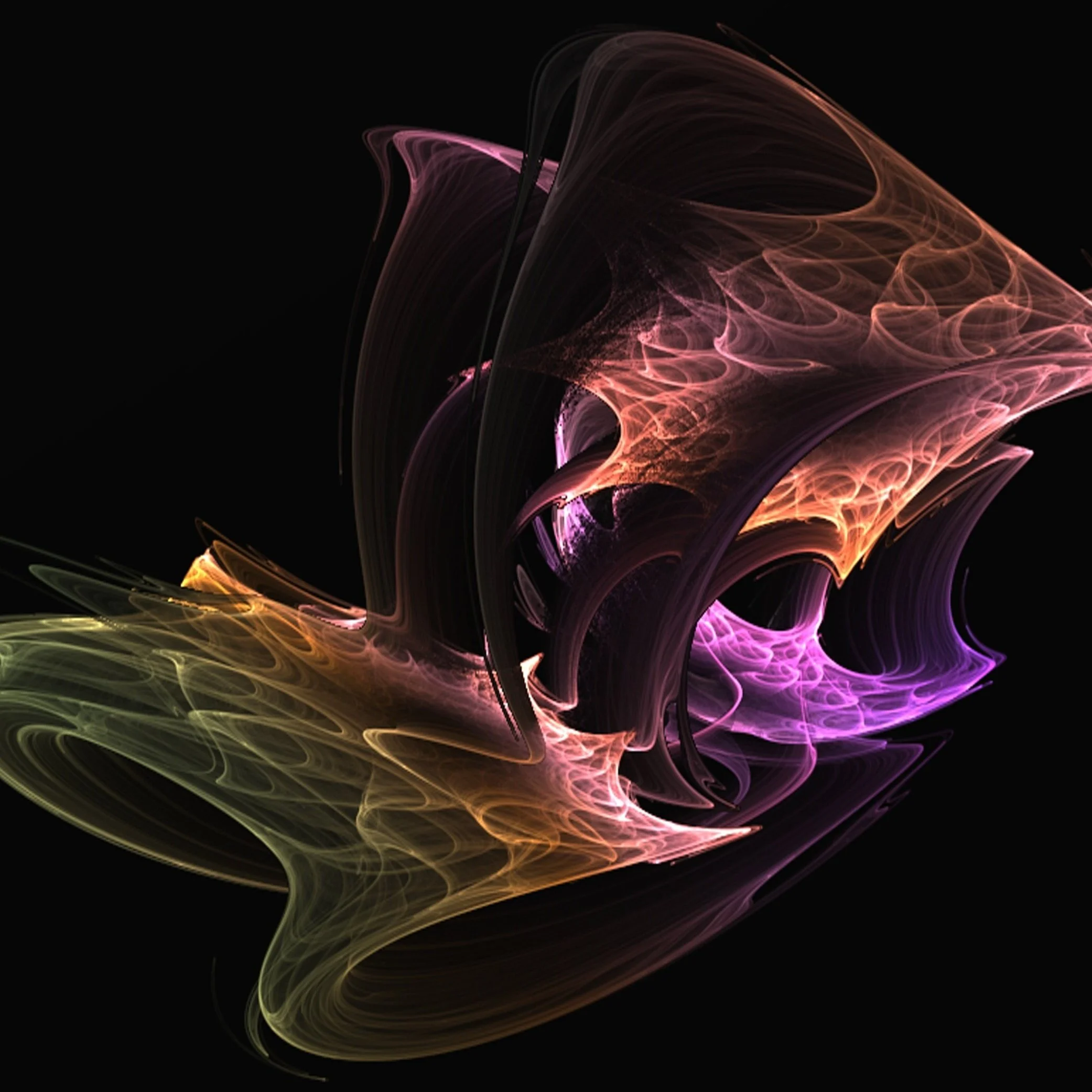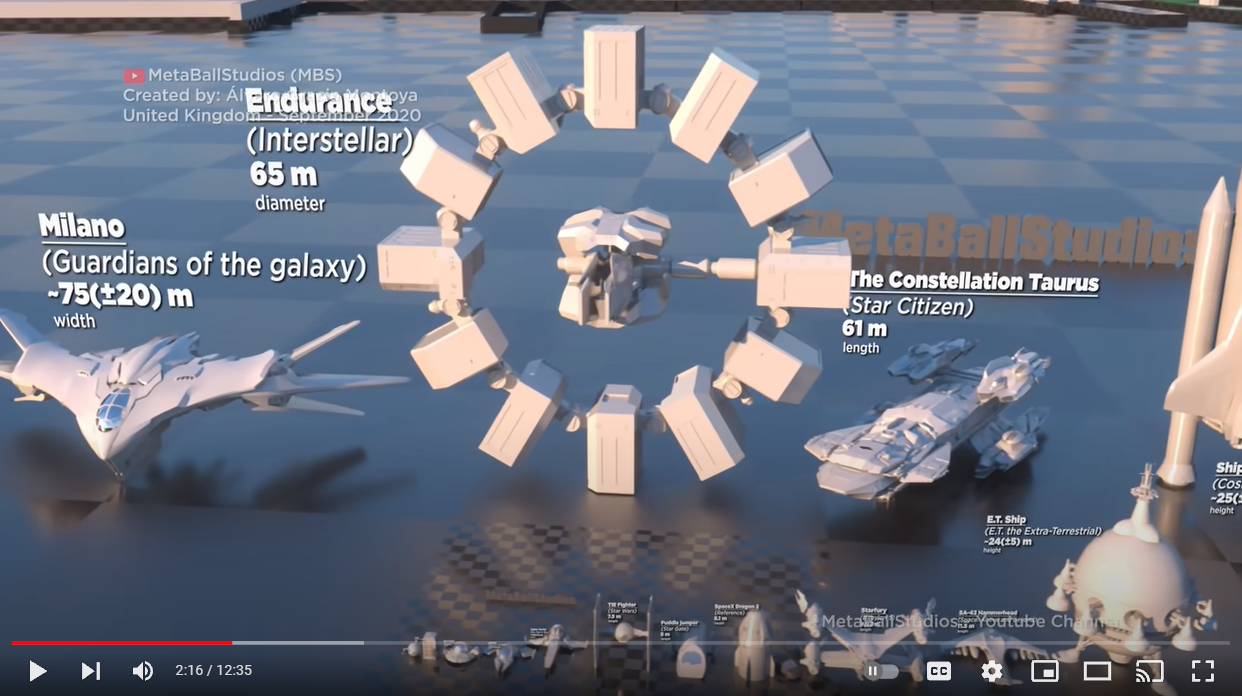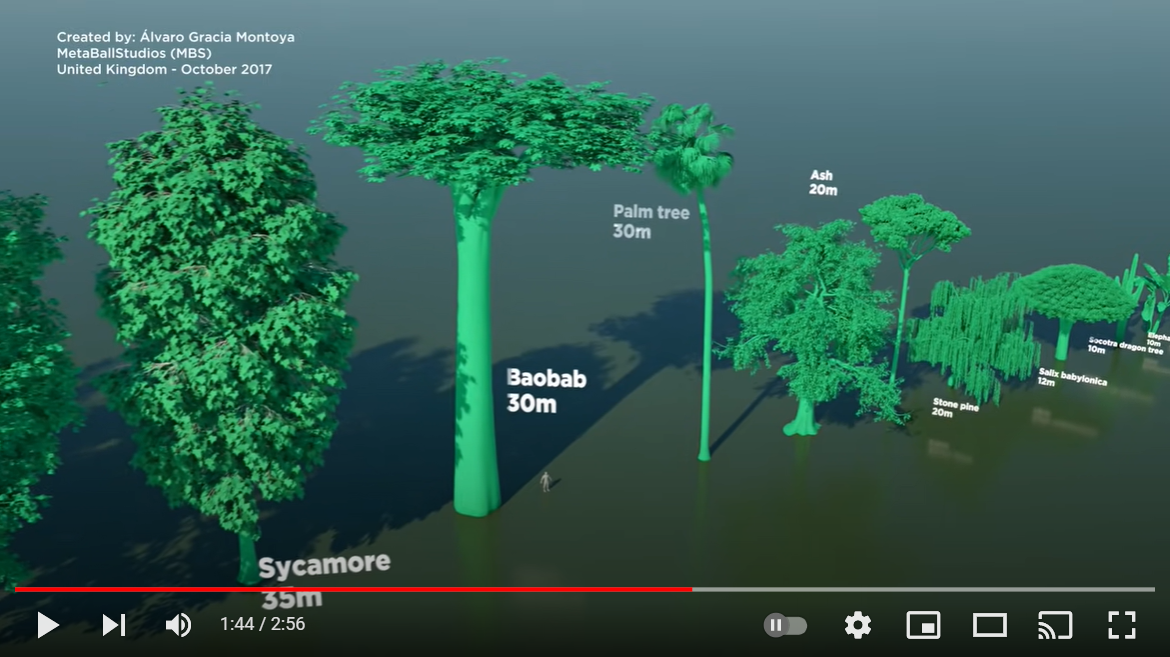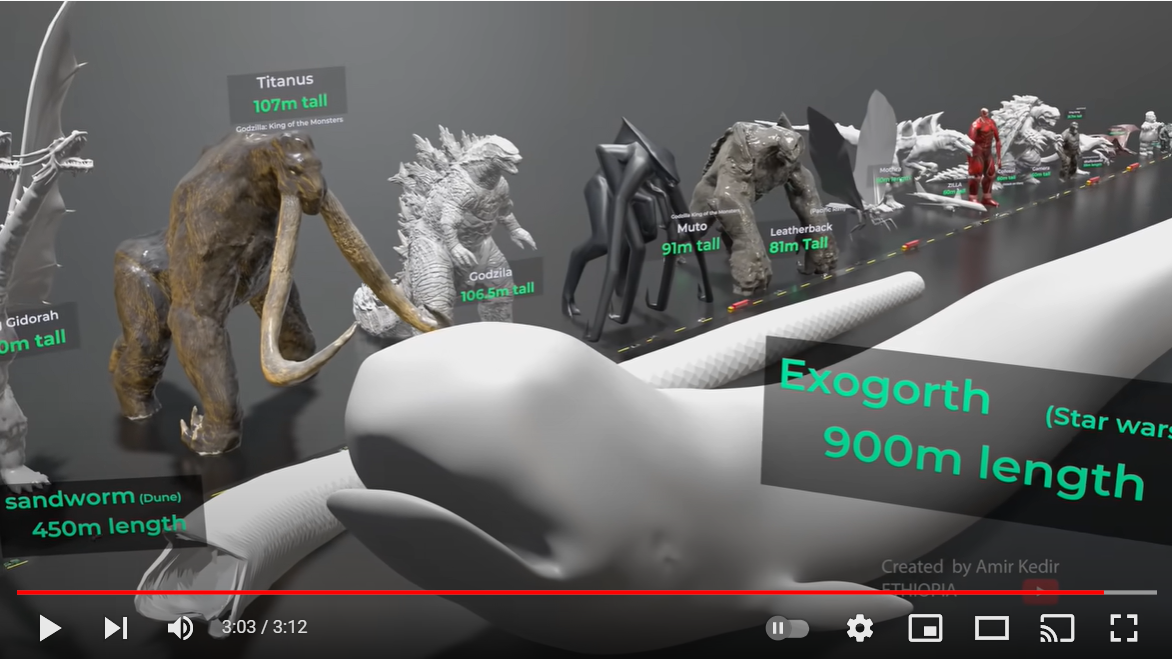The Pattern Mapping of Quantum Narratology
Structure-mapping theory postulates that the comparison process is one of alignment and mapping between structured conceptual representations.
—Dedre Gentner, Language in Mind
Pattern mapping entails overlaying a pattern that operates in one domain onto another domain.
Quantum narratology is a type of pattern mapping that involves overlaying a process that operates in the sciences onto literary analysis.
For example, in the domain of applied physics, fragmentation theory and crumpling dynamics explain how a sheet of paper under pressure folds along predictable creases.
We find that this pattern is applicable in the domain of narrative studies: according to archetypal literary analysis, a story will take one of several likely paths.
The pattern here – the analogy – is between calculable creases in crumpled paper (or in the earth’s crust, or in a graphene sheet) and the notion advanced through Joseph Campbell’s monomyth, Vladimir Propp’s folktale functions, and Claude Lévi-Strauss’ mythemes – that stories have foreseeable shapes or follow certain anticipated arcs.
To this analogy one can add connections between genetics and speculative fiction; quantum mechanics and magical realism; ecology and intertextuality; taxonomy and literary listing – among many others.
Quantum narratology spans STEM and literary studies; it serves as a powerful conveyor of interdisciplinarity with the potential to enhance learning in both domains.
STEM —> Literature
Machinations of pattern mapping manifest in these videos that portray scale in dizzying clarity.











